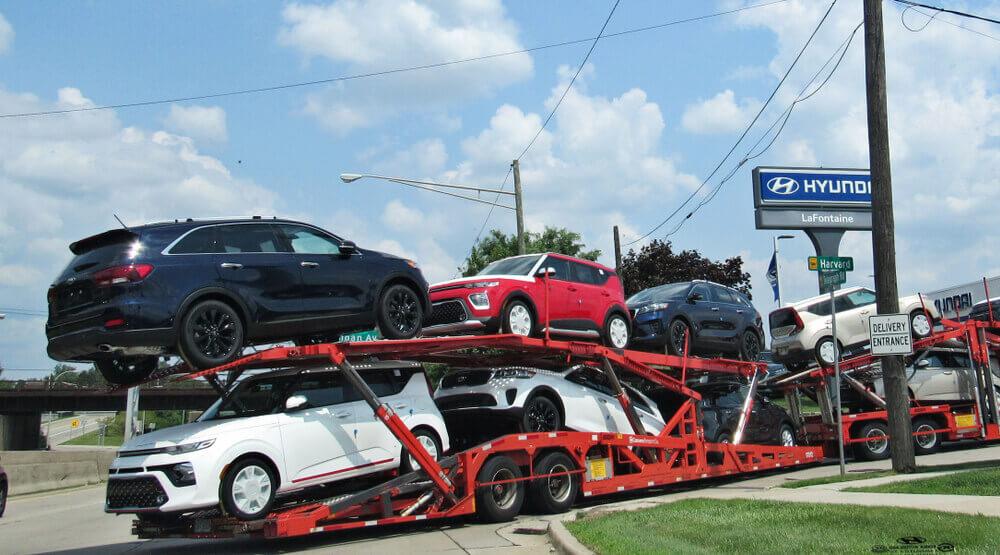What is the most common mode of transportation in the United States?
The most common mode of transportation in the United States, particularly for commuting, is personal or household cars. A 2023 survey indicates that 73 percent of U.S. respondents prefer this mode, highlighting the car's central role in American daily life.
In the United States, the transportation landscape is diverse, but personal vehicles stand out as the predominant choice for many Americans. This preference is reflected in the nation's infrastructure, urban planning, and cultural inclination towards the convenience and independence that cars offer.
Understanding the Concept of a 'Mode of Transportation'
A 'mode of transportation' refers to the various methods of travel or vehicles that people utilize to move from one place to another. These can vary significantly and include private cars, public buses, rail systems, and even bicycles or walking. The choice of transport mode hinges on many factors, including convenience, cost, the distance to be traveled, individual preferences, and environmental considerations.

Different modes of transportation have their unique set of advantages and disadvantages. For instance, personal vehicles offer a high degree of convenience and flexibility, albeit at a higher cost and environmental impact. Conversely, public transit is a more affordable and eco-friendly alternative but may provide a different level of convenience due to fixed routes and schedules. Recognizing these aspects can help in making informed transportation decisions and policymaking.
The Role of Personal Vehicles in American Transportation
Since the early 1900s, Americans have relied on personal vehicles. Personal vehicles dominate commuting, leisure, and occasional long-distance travel due to cultural norms and practices. Americans rely more on cars due to the country's vast geography and infrastructure. The extensive highway system, easy parking, and cultural values of autonomy, convenience, and speed fuel personal vehicle use.
Personal vehicles in America often symbolize status and prestige beyond transportation. The owner's car reflects their income, tastes, and lifestyle. Car-centric urban planning and suburban living have also increased car ownership. Dependence on this transport mode has drawbacks. Traffic congestion, air pollution, and high maintenance costs are significant issues. Despite these issues, Americans love their cars, making them a significant transportation factor.
Public Transit Systems: Bus and Rail
The US transportation network relies on public transit to reduce congestion, greenhouse gas emissions, and mobility. Bus and rail are the central public transit systems. Buses have more route flexibility because they're not on track. Trams, light rail, and heavy rail-like subways can transport more passengers over longer distances quickly and efficiently.
Despite these strengths, public transit systems need more geographical coverage, low service frequency, and a perceived inconvenience compared to personal vehicles. Still, these transportation modes are essential in large urban centers where population density and space constraints make personal vehicles impractical. In these cities, buses and trains are lifelines, gluing the city together.

Comments
Post a Comment